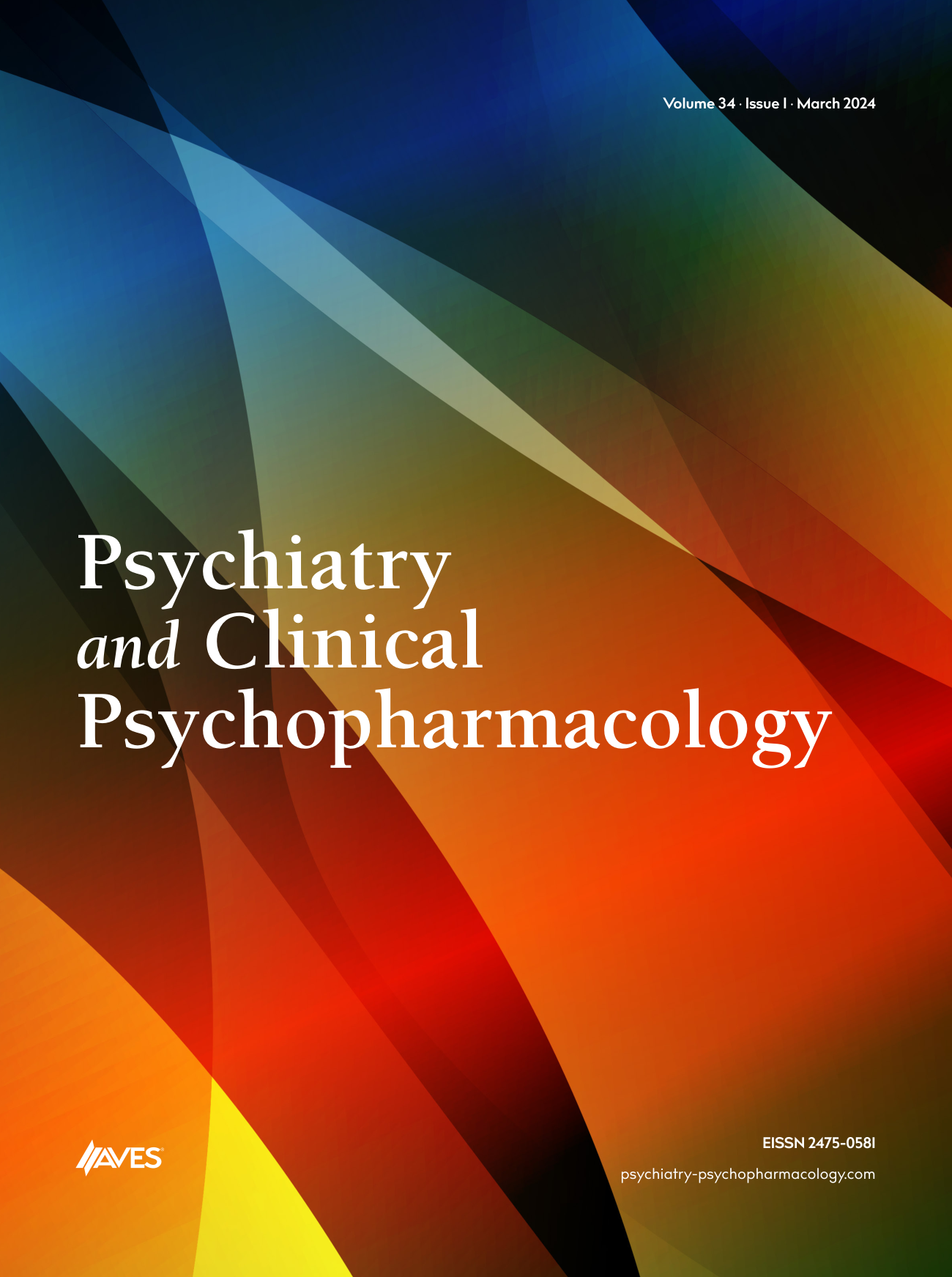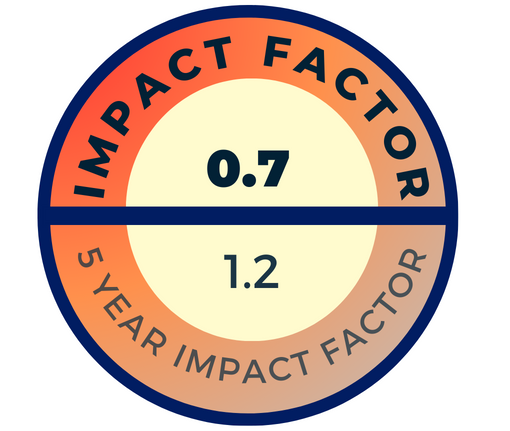Objective: Electroconvulsive therapy (ECT) is applied in the treatment of Bipolar Disorder in case of inadequate response to medical treatment, in patients with high risk of suicide, in severe cases and in pregnancy. In this study, we aimed to compare the clinical characteristics of patients in Bipolar Manic episode, who received ECT and antipsychotic treatment (AP) and patients receiving antipsychotic (AP) treatment alone.
Methods: A total of 68 male patients on treatment with the diagnosis of Bipolar Disorder Manic episode were included in the study in Bakirkoy Mental Health Research and Training Hospital. 46 patients were receiving antipsychotic treatment alone and 22 were receiving ECT treatment in addition to the antipsychotic medication. Patients treated with the antipsychotic combination therapy of quetiapine and haloperidol along with (+ ECT) were included in the study. Young Mania Rating Scale (YMRS) scores of the patients in admission and at discharge were recorded. Mann Whitney-U test was used to evaluate differences between two treatment arms. In comparison of categorical variables the chi-square test was used. P<0.05 was accepted as being statistically significant.
Results: No statistical significant difference was observed between patients treated with ECT + AP and AP treatment alone in terms of age (p= 0.267, Z= -1,109), duration of illness (p= 0.503, Z= -0,670), age of onset (p= 0.802, Z= -0.250 ) and total number of hospitalization (p= 0.730, Z= -0.345). There was statistically significant difference between groups according to haloperidol dose (p=0.029, Z= -2,186), quetiapine dose (p=0.002, Z= -3,151), duration of the hospital stay of index episode (p<0.001, Z= -4,998), duration of the index episode (p=0.020, Z= -2,325) and YMRS score on admission (p=0.004, Z= -2,885). No significant difference was observed in YMRS scores at discharge (p = 0.544, Z= -0606). Furthermore, there was no statistically significant difference between patient groups in terms of presence of psychotic features (P=0.304, ?2=1.056).
Conclusion: As a conclusion of our study, the severity of disease could be a predictor of the application of ECT. In order to decide using ECT treatment in manic patients, the duration of episode before admission, the severity of YMRS scores and the length of hospital stay could be guiding. Volpe et al. reported that the presence of psychotic symptoms, violent behaviour, and duration of illness could be the predictors to start ECT treatment. The duration of disease, age at onset, the patient’s history such as the number of previous hospitalizations and the psychotic features at index episode were found to be not predictive to initiate ECT. In the treatment of manic episodes of Bipolar Disorder in deciding which treatment modality is appropriate and when it will be needed to apply ECT, further studies are needed to determine the predictors.



